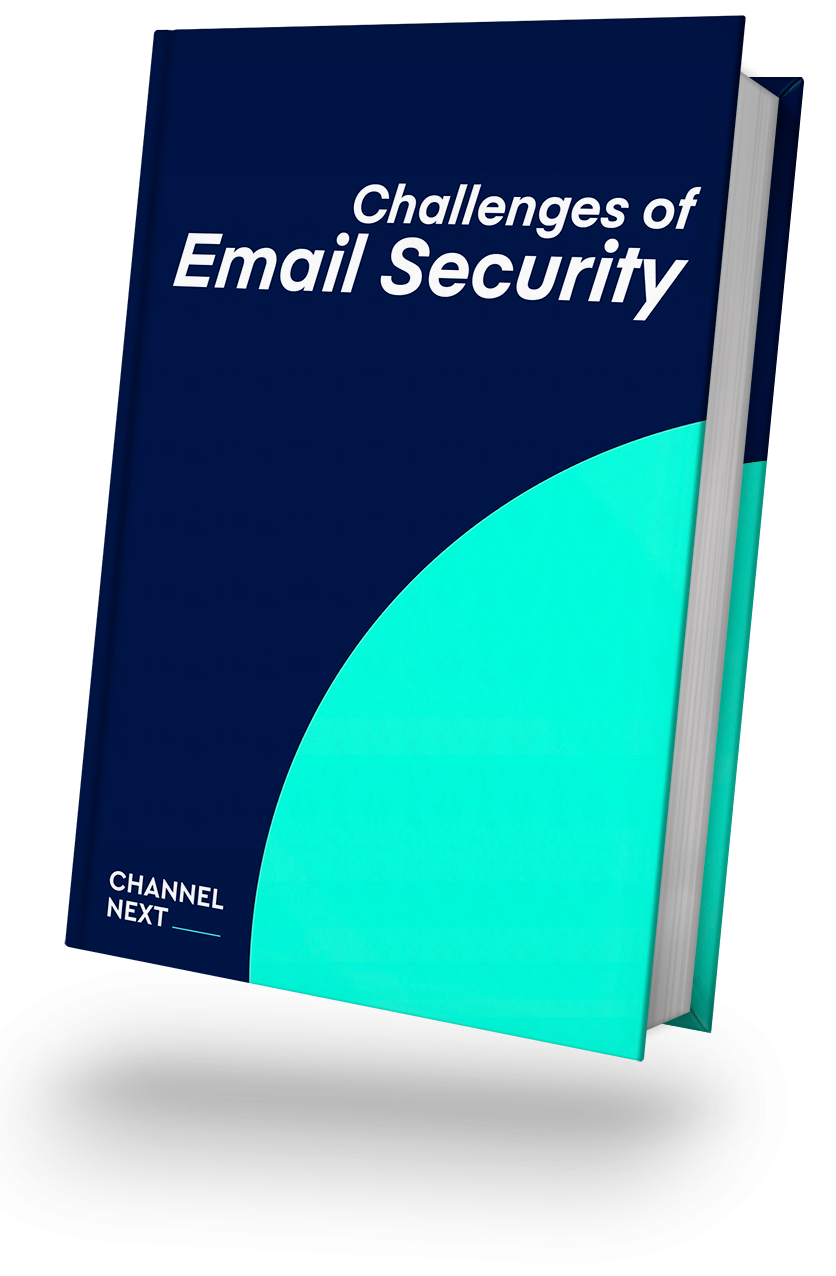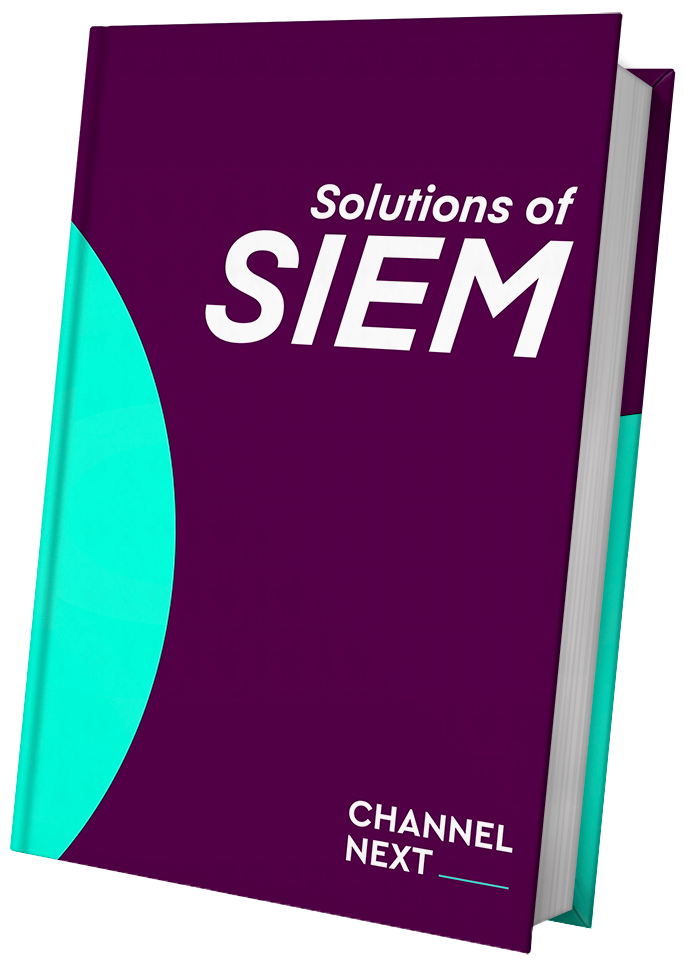Top Challenges

Limited Visibility

Ineffective Threat Detection

Compliance Risks

Limited Visibility

Ineffective Threat Detection

Compliance Risks
Limited Visibility
CHALLENGES
Limited visibility into security posture inhibits timely threat detection and hampers effective incident response.
Consequences
Without comprehensive visibility, organizations risk overlooking critical security events, leaving them vulnerable to cyber threats and increasing the likelihood of data breaches.
Scenario 1: Blind Spot Breach
Limited visibility into network traffic conceals a sophisticated cyber attack targeting critical systems. The organization remains unaware of the breach until data exfiltration is detected, resulting in significant data loss and regulatory penalties.
Scenario 2: Stealthy Intrusion
A cybercriminal infiltrates the network undetected due to limited visibility into endpoint activities. They remain hidden for months, exfiltrating sensitive data gradually, leading to compromised intellectual property and customer trust upon discovery.
Scenario 3: Unseen Threats
Malware infiltrates the network through unmonitored endpoints, exploiting limited visibility. As the malware spreads undetected, it compromises system integrity, causing operational disruptions, financial losses, and reputational damage upon discovery.
Scenario 4: Data Breach Blindness
Limited visibility into cloud applications leads to a data breach, compromising sensitive customer information. The organization fails to detect the breach promptly, resulting in regulatory fines, loss of customer trust, and damage to brand reputation.
Blind Spot Breach
Limited visibility into network traffic conceals a sophisticated cyber attack targeting critical systems. The organization remains unaware of the breach until data exfiltration is detected, resulting in significant data loss and regulatory penalties.
Stealthy Intrusion
A cybercriminal infiltrates the network undetected due to limited visibility into endpoint activities. They remain hidden for months, exfiltrating sensitive data gradually, leading to compromised intellectual property and customer trust upon discovery.
Unseen Threats
Malware infiltrates the network through unmonitored endpoints, exploiting limited visibility. As the malware spreads undetected, it compromises system integrity, causing operational disruptions, financial losses, and reputational damage upon discovery.
Data Breach Blindness
Limited visibility into cloud applications leads to a data breach, compromising sensitive customer information. The organization fails to detect the breach promptly, resulting in regulatory fines, loss of customer trust, and damage to brand reputation.
Ineffective Threat Detection
CHALLENGES
Ineffective threat detection leads to overlooked security incidents, allowing cyber threats to persist undetected within the network.
Consequences
Persistent cyber threats result in data breaches, financial losses, and damage to the organization’s reputation and customer trust.
Undetected Malware Breach
Despite having security measures in place, a company fails to detect malware infiltrating its network. The malware spreads undetected, causing data leaks and disrupting operations before the breach is discovered.
Unnoticed Insider Threat
An insider with malicious intent bypasses the organization’s security controls, engaging in unauthorized activities. The lack of effective threat detection mechanisms allows the insider threat to go unnoticed, resulting in data theft and compromised sensitive information.
Overlooked Phishing Campaign
A sophisticated phishing campaign targets employees, tricking them into divulging credentials and sensitive information. The organization’s inadequate threat detection capabilities fail to identify the phishing emails, leading to successful credential theft and potential data breaches.
Compliance Risks
CHALLENGES
Inadequate compliance measures expose organizations to regulatory violations and legal penalties due to non-compliance with industry standards and data protection laws.
Consequences
Failure to meet compliance requirements leads to financial penalties, legal liabilities, reputational damage, and loss of customer trust, undermining business operations and credibility.
Scenario 1: Data Breach Fallout
A healthcare provider, neglecting compliance with HIPAA regulations, experiences a severe data breach that exposes sensitive patient records. Regulatory authorities conduct investigations and impose substantial fines for non-compliance, exacerbating financial strain and reputation damage.
The organization faces legal battles, resource-intensive remediation efforts, and a loss of patient trust, hindering its ability to deliver quality healthcare services.
Scenario 2: Financial Compliance Oversight
A financial institution overlooks regulatory requirements related to anti-money laundering (AML) and Know Your Customer (KYC) procedures, leading to non-compliance issues. Regulatory audits uncover deficiencies, resulting in significant fines, operational disruptions, and increased scrutiny from governing bodies.
The institution’s reputation suffers, affecting client confidence, investor relations, and market competitiveness.
Scenario 3: GDPR Non-compliance
A government agency implements a state-of-the-art SIEM solution. However, due to a lack of specialized training, the security personnel are unable to fully utilize the system’s advanced features, leading to a suboptimal security setup that relies on basic configurations.
When a sophisticated cyber espionage campaign targets the agency, the attackers exploit the system’s generic setup to remain under the radar. Sensitive information is exfiltrated over several months, compromising national security and leading to an international incident that strains diplomatic relations.
Scenario 4: Data Privacy Neglect
A technology firm, disregarding data privacy regulations, experiences a breach that compromises user data. Regulatory investigations reveal systemic failures in compliance, resulting in significant penalties, legal ramifications, and reputational harm.
Rebuilding trust with users necessitates robust data protection measures, transparency in business practices, and ongoing regulatory compliance efforts.




Scenario 1: Data Breach Fallout
A healthcare provider, neglecting compliance with HIPAA regulations, experiences a severe data breach that exposes sensitive patient records. Regulatory authorities conduct investigations and impose substantial fines for non-compliance, exacerbating financial strain and reputation damage.
The organization faces legal battles, resource-intensive remediation efforts, and a loss of patient trust, hindering its ability to deliver quality healthcare services.
Scenario 2: Financial Compliance Oversight
A financial institution overlooks regulatory requirements related to anti-money laundering (AML) and Know Your Customer (KYC) procedures, leading to non-compliance issues. Regulatory audits uncover deficiencies, resulting in significant fines, operational disruptions, and increased scrutiny from governing bodies.
The institution’s reputation suffers, affecting client confidence, investor relations, and market competitiveness.
Scenario 3: GDPR Non-compliance
A government agency implements a state-of-the-art SIEM solution. However, due to a lack of specialized training, the security personnel are unable to fully utilize the system’s advanced features, leading to a suboptimal security setup that relies on basic configurations.
When a sophisticated cyber espionage campaign targets the agency, the attackers exploit the system’s generic setup to remain under the radar. Sensitive information is exfiltrated over several months, compromising national security and leading to an international incident that strains diplomatic relations.
Scenario 4: Data Privacy Neglect
A technology firm, disregarding data privacy regulations, experiences a breach that compromises user data. Regulatory investigations reveal systemic failures in compliance, resulting in significant penalties, legal ramifications, and reputational harm.
Rebuilding trust with users necessitates robust data protection measures, transparency in business practices, and ongoing regulatory compliance efforts.




















